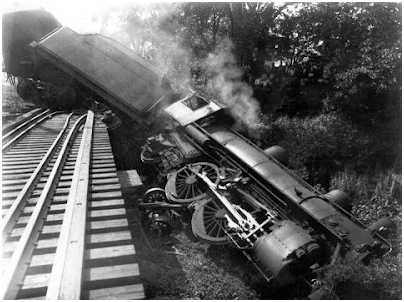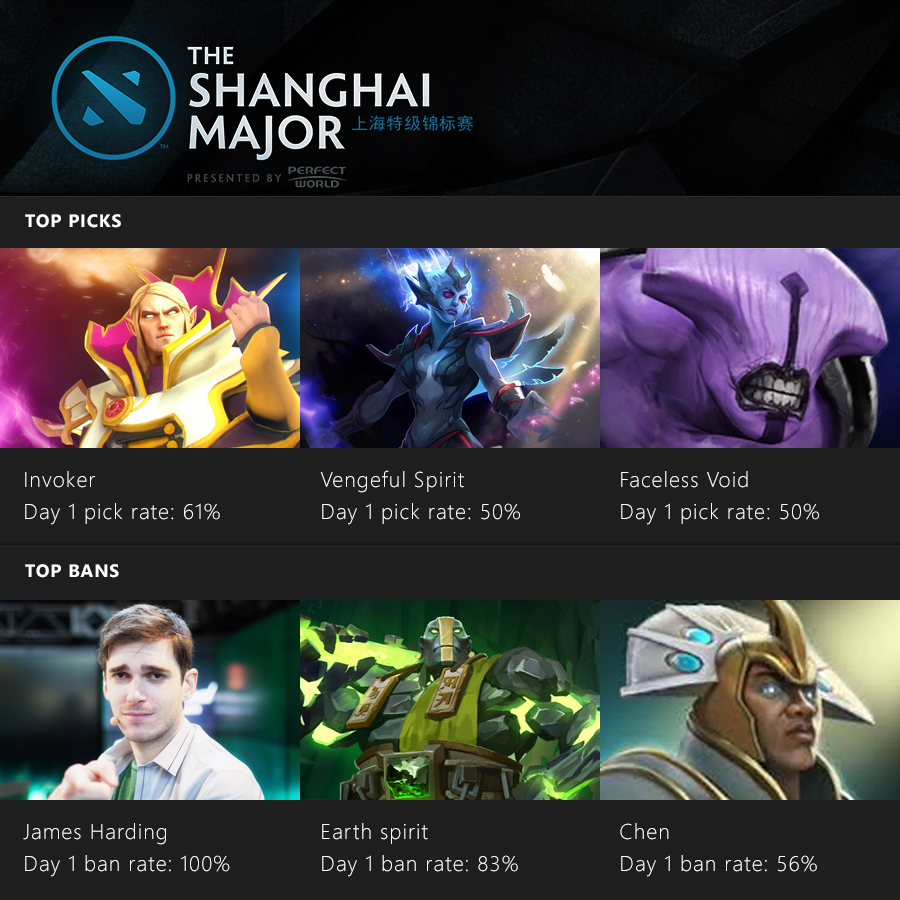The Dota 2 Shanghai Major rolls on, and teams continue to battle it out for their share of the first multi-million dollar Dota 2 prize pool this year. And from the looks of things, Valve has been doing an excellent job of putting on a professional broadcast. Really.
Our friends and fellow eSports fans over at the Dota 2 subreddit and on Twitter have been chomping at the bit with feedback. They’ve congratulated Valve for “f*cking up a huge event” and even asked for refunds on the compendiums they bought to support the event, so things are clearly going well. Given all this success, we’ve taken a close look at how Valve has handled this broadcast and compiled three of their best strategies for hosting such a beloved competition.
So take notes, aspiring eSports broadcasters and producers. If you want to bring your production game to new heights, all you need to do is…
Bring in a fan-favorite caster…then boot them
If the constant Twitch memeing of “Giff 2 GD” (complete with shiny eyes and squishy hug hands) hasn’t tipped you off yet, what viewers of major eSports events love more than anything is when companies bring in fan favorite commentators like James “2GD” Harding – then summarily give them the boot after a single day.
Sorry to say I won’t be returning to the Shanghai major, I was let go after that last segment. We’ll always have day 1 together. 🙁
— James Harding (@follow2GD) February 26, 2016
An eye for talent and the realities associated with it is paramount to keeping broadcasts fun and engaging — but isn’t drama more fun than any of that? Try to spice things up during your event by benching one of the more popular and enjoyable commentators after Day 1, and add bonus points if the general consensus is that he’s one of the few things keeping a broadcast afloat at all. You really want to keep the action flowing and focus on the dramatic, because that’s what attracts viewers, not engaging personalities. Which brings us to our next tip for Major event coverage…
Try Not to Focus on the Players
We know, we know, “Highly Rated Professional Player X” — you’re really glad your team could go out there and give 110% and score a touchdownball, and everyone played really well, and you had to overcome some incredibly tough adversaries by skill and wit. We get it. You’re soooo gooood. What about that guy behind the guy with the camera, though? Or the people in the sound booth? What’s their story? What’s going through their heads?
Luckily, our friends at the Shanghai Major were wondering the same things, and have gracefully given us looks (or rather, listens) at plenty of non-player participants. As the above interview shows, one of the best things you can do during an interview with players from professional team competing at your event is to turn their mic down as low as possible, and instead give us the day-to-day goings on of random workers or passersby. Aren’t they the real heroes, after all?
In fact, as our last tip goes to show, we’d much rather you just…
Barely Show the Games at All
If you want to really keep your viewers on the edge of their seats watching events as huge and important as the Dota 2 Shanghai Majors, be sure to…well, not let them do that very much. Try to find major stream outlets that will broadcast to entire sections of the globe, and then riddle your broadcast with as many technical issues as you possibly can.
Slow your in-game cameras to a crawl (or freeze them entirely), try to start as few matches on time as you can manage, cover in-game teamfights with replays, and occasionally just cut the stream altogether. Bonus points if you can do any of these things during pivotal, critical moments in the actual game or tournament. I mean, why would we be tuned in if we actually wanted to watch eSports games with sky-high stakes and some of the best players in the world?
Since we’ve already started bringing the axe down on commentators, why not just mute some of the survivors at seemingly random intervals as well? When you’re shooting for as awe-inspiring broadcast heights as the DotA 2 Shanghai Major, you have to be willing to go the extra mile.
Now you’ll have a Perfect Major broadcast
Now that you know what makes a Major broadcast of DotA 2, you’ve got the three tools they used during today’s Shanghai Majors. Stick to these, and your very own tournament stream will surely have singles, or perhaps even tens of people watching in no time!
Be sure to make time to come back to us, though, and tell us the tips and tricks you’ve learned in steady production values. If we all hold hands and work together, we too can soon be living in a Perfect (Broadcast) World.









Published: Feb 26, 2016 10:20 am